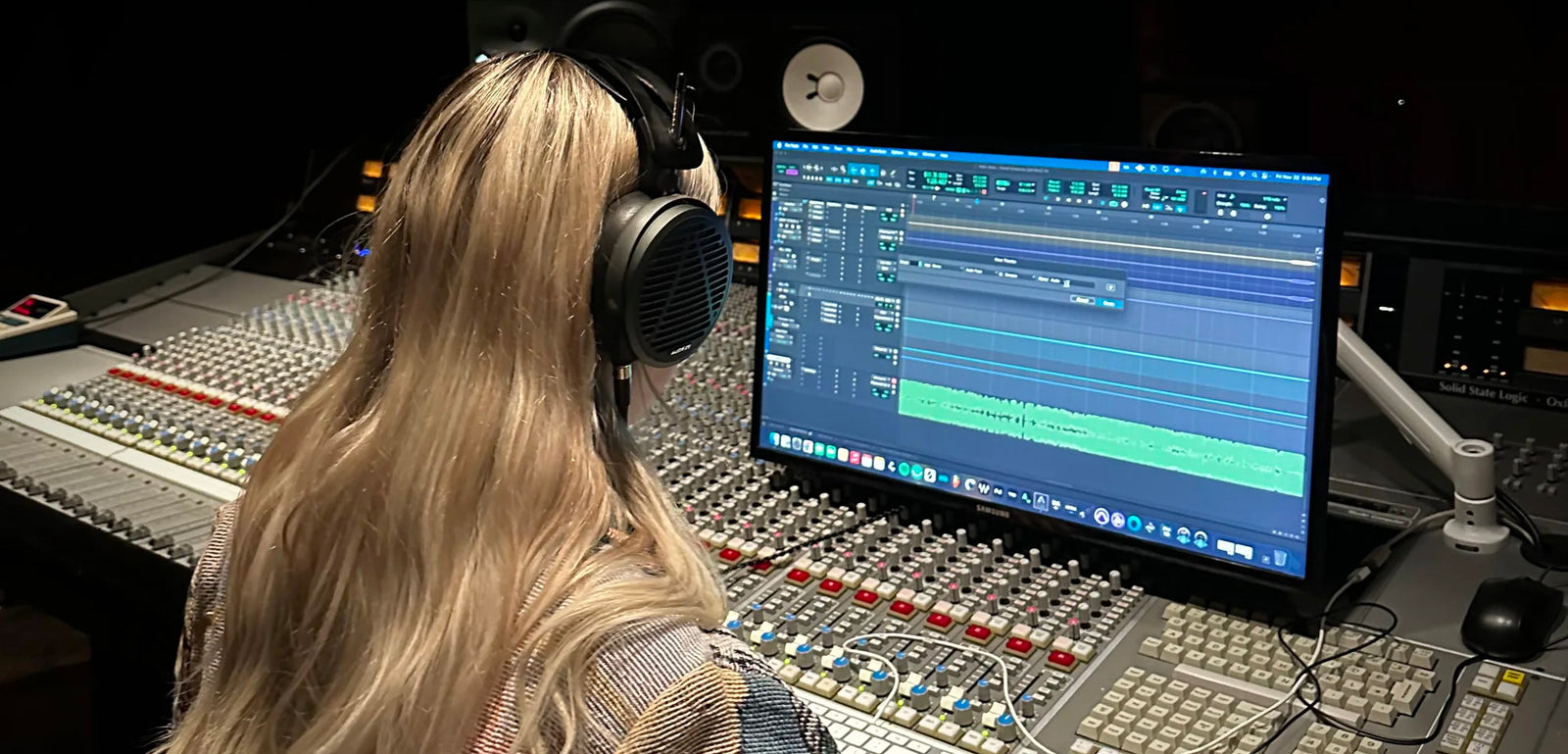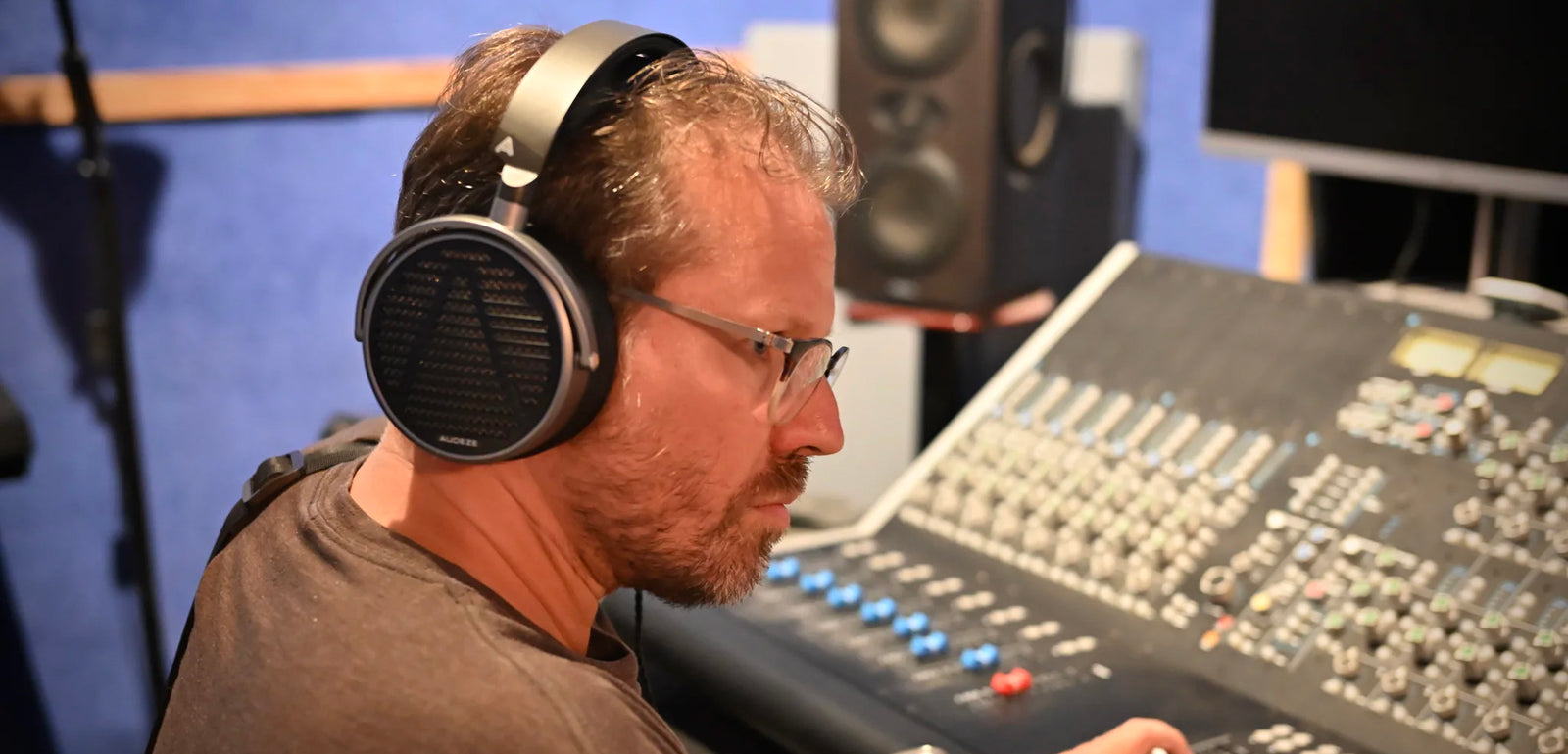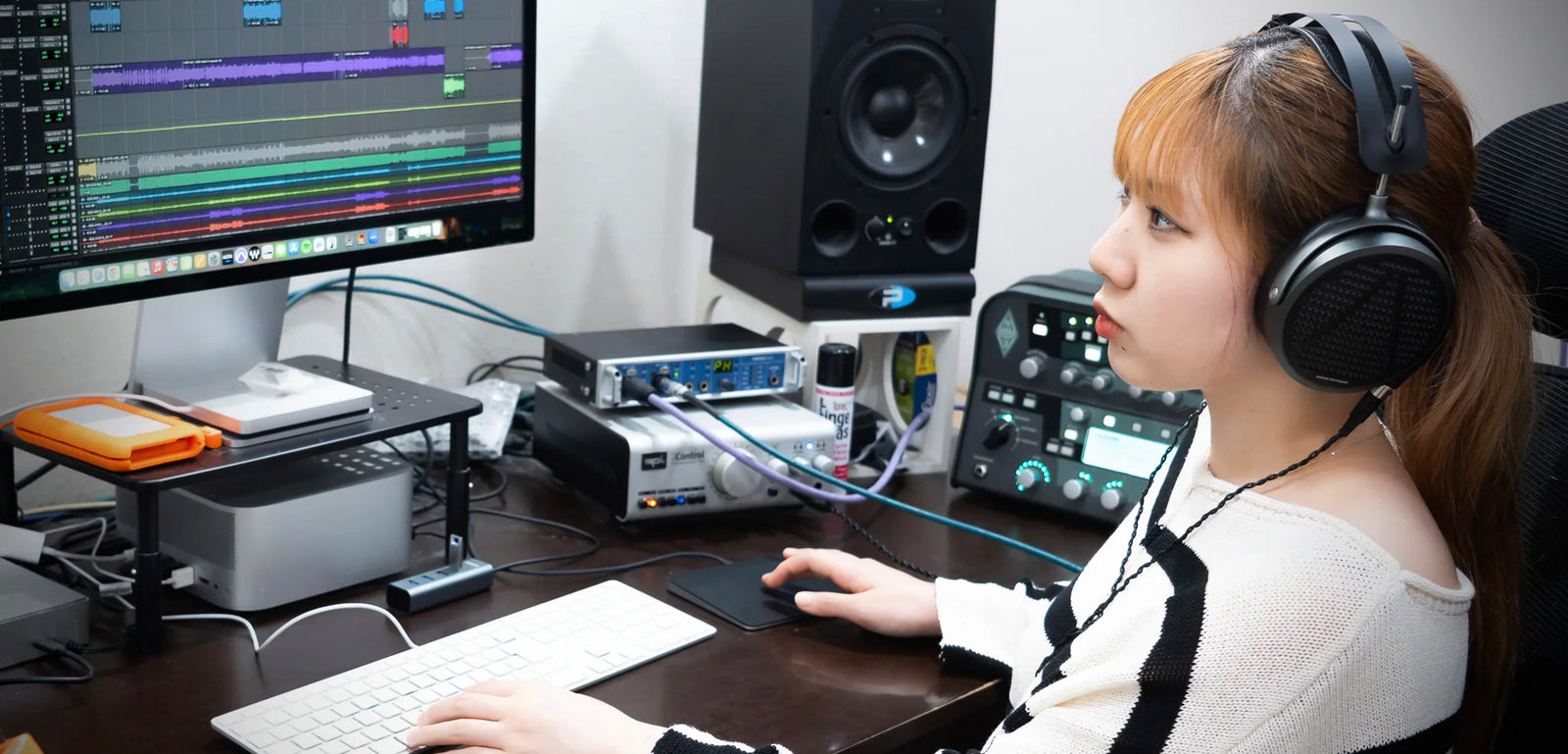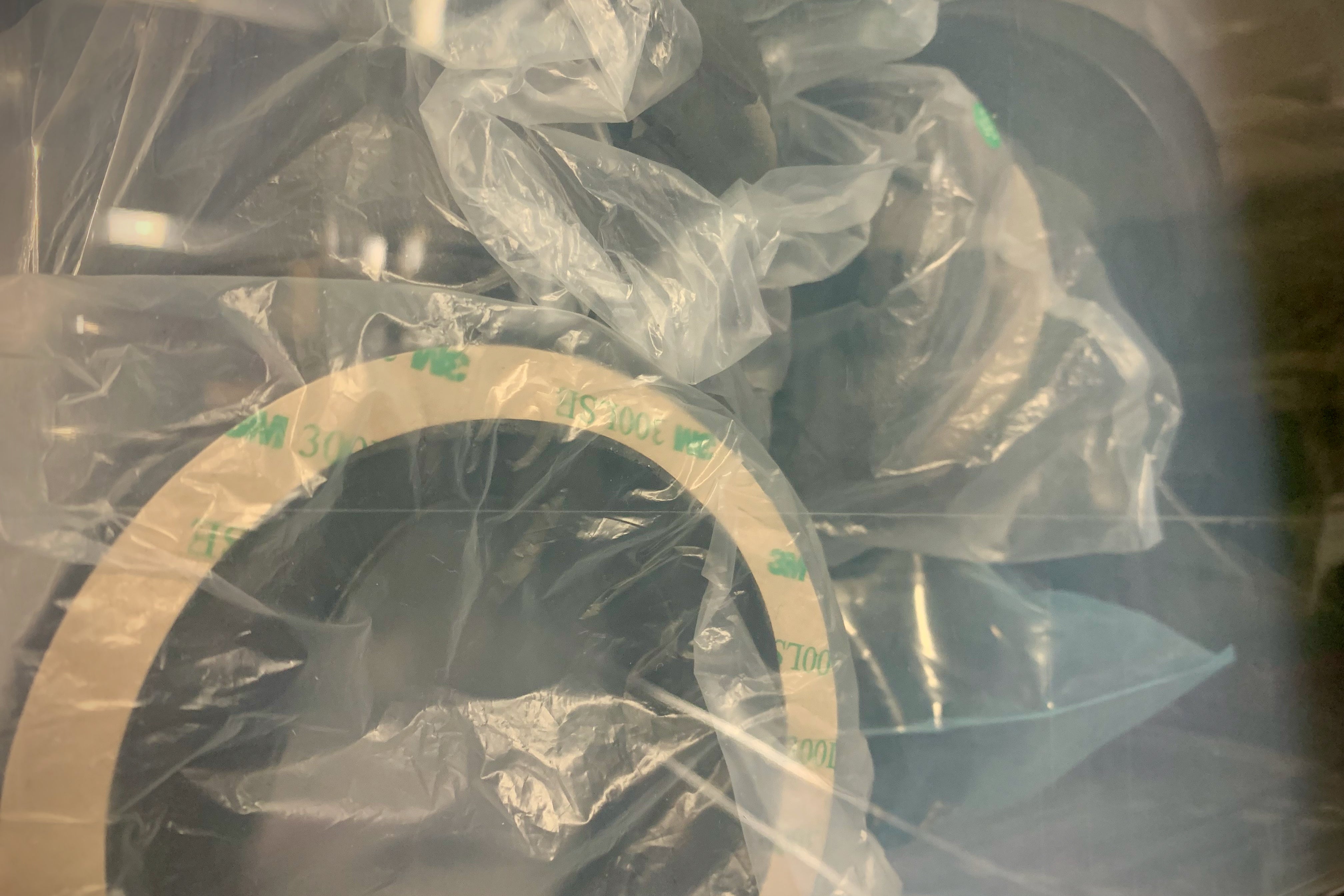
Angie Randisi is a highly acclaimed recording engineer and mixer from Canada, with three Grammy nominations and multiple platinum records to her name. Known for her technical prowess and keen ear, Angie has worked with some of the biggest names in the industry, including Lil Baby, Young Thug, Tory Lanez, 42 Dugg, Glorilla, and PartyNextDoor.

Josh Rogosin defined the tiny desk sound and has recorded and mixed over 800 shows, including Taylor Swift, Sting and Shaggy, Anderson .Paak, Mac Miller, Nile Rogers, and Bono and the Edge. His mixes have been heard on YouTube over a billion times. Now he’s introducing Global Sound and Ghost Light Concerts, traveling the world to discover how location inspires people to make music.

Li-sa-X is a Japanese female Guitarist/Composer who was born in 2005. Her cover video of RACER X's "Scarified," which she posted when she was 8 years old, garnered more than 5 million views and attracted a lot of worldwide attention. After watching this video, the composer of the song Paul Gilbert (MR. BIG) invited her to join his online guitar school as a scholarship student. She made her professional debut at the age of 12. Her playing technique has been described as “the future of rock."

Santaflow is an artist, composer, producer, entrepreneur, teacher and showman, politically incorrect and with millions of followers around the world (mainly in Spanish-speaking countries). After more than 20 years of career, he feels fitter and more eager than ever to continue creating songs and making them sound better every day. A restless lover of the world of sound, he works with several of the leading brands in the sector.
Our engineering team has worked tirelessly for over a decade to develop the best sounding headphones in the world, and a major part of that is the design of our earpads. We sometimes get asked why we haven't started using a convenient method to attach earpads that doesn't require adhesive. For our budget-minded models like Mobius, Penrose and LCD-1, we actually do use clip-on attachment, but for our upper-end LCD models we still haven't found a convenient method that delivers the sound quality we require. This is mostly because the seal ends up getting compromised, which causes frequency response anomalies and performs a "disappearing act" on the deep, powerful bass response Audeze is famous for.
We tried very hard to use a clip-on method when we were developing the LCD-5 headphones, and found a solution that almost worked. We ended up going back to our tried-and-true Pressure Sensitive Adhesive (PSA) because the pads would not stay in contact with the earcups in a way that kept the frequency response in the range we needed. Eventually, the pads would always shift slightly and break the seal, especially if they're stressed as they might be when in-use on a listener's head.

Notice how a gap becomes visible with pressure? Not good for bass!
Below is a frequency response graph showing the same LCD-5 headphones with clip-on pads (red) vs. PSA attachment (green). Notice how the clip-on method has some lumps in the bass and drops off below 40 Hz, and at the other end there's a bump around 1200 Hz and a much larger dip between 2 and 5 kHz. Not what we wanted to see! The PSA method, on the other hand, has much smoother overall response and retains good bass presence.

For more info on FR graphs and how they're useful (and problematic), see this tech article.
Going into more detail, we had worked out a rotation-based clip system with four posts on the driver plate which applied pressure to the join between pad and cup, like this:

With a corresponding keyhole cutout for each post in the earpad substrate, like this:

In practice, this worked very well to attach and remove the pads easily, and after lots of experiments we came up with an acoustically coupled felt gasket to help maintain the seal between the pad and earcup, which initial tests proved maintained almost the frequency response we wanted. Unfortunately after a little time and use, the substrate (which had to remain somewhat flexible) would inevitably start to warp, especially if there was pressure applied in certain directions like the GIF above.
Notice in the photo below how there are slight gaps between the felt and earcup, such as the one visible to the left of center:

As we apply a bit of pressure to the pad, the gap opens and you can see all the way through it!

Obviously this method was not going to work for us, and our engineers tried many other other pad and attachment methods in the years we spent developing the LCD-5 (not to mention the many years before the LCD-5, where they continuously worked on new design approaches for the existing LCDs and other headphones we've developed). The next best option was magnetic attachment, but that wasn't ideal either so it was also abandoned.
Here's a small sample of some of the various pads and other experiments in storage in our engineering department:



After literally thousands of tests, including countless hours spent measuring and listening to results, the engineering team reluctantly decided there was no better choice for our products than to continue with the PSA method of adhering earpads to the earcups of our Flagship, Reference and Origins models. We know that's not the most convenient thing for our customers, but sound quality wins over convenience in our design philosophy, and PSA is still the best way we can find to attach the pads without compromising on sound. Since most Audeze users only change earpads every 3-7 years on average, we figured everyday listening was the clear winner in that contest. If and when we find a better solution, rest assured we'll adopt it.
Meanwhile, we can comfortably say our earpad designs make no compromises. At Audeze, Uncompromised Audio isn't just a slogan, it's a way of life.
